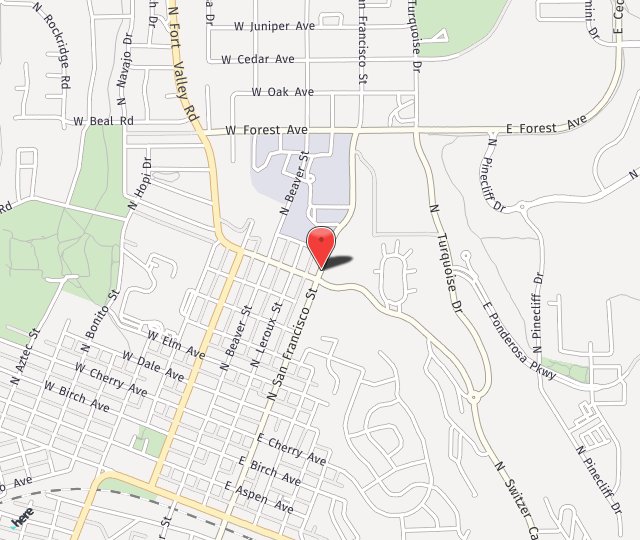Glaucoma Treatment
Glaucoma is the term for when the pressure inside the eye rises high enough to damage the optic nerve. The condition often develops over many years without causing pain – so you may not experience vision loss until the disease has progressed. Glaucoma cannot be prevented, and vision lost to it cannot be restored. Left untreated, glaucoma can cause blindness. For these reasons, regular eye exams and early detection are critical.
The high eye pressure associated with glaucoma is most often caused by blockages in the eye’s fluid drains. No one knows yet why the blockages form.
Symptoms are usually not present, but should be taken as warning signs that glaucoma may be developing. These include blurred vision, loss of peripheral vision, halo effects around lights and painful or reddened eyes. People at the greatest risk include those who are over the age of 40, diabetic, near-sighted, African-American, or who have a family history of glaucoma.
Once diagnosed, glaucoma can often be controlled. Treatments to lower pressure in the eye include non-surgical methods such as prescription eye drops and medications, laser therapy, and surgery. Common surgeries include:
Laser Peripheral Iridotomy (LPI)
For patients with narrow-angle glaucoma. A small hole is made in the iris to increase the angle between the iris and cornea and encourage fluid drainage.
Nd:YAG Laser Cyclophotocoagulation (YAG CP)
For patients with severe glaucoma damage who have not been helped with other surgeries. The ciliary body that produces intraocular fluid is destroyed.
Tube Shunt Surgery
May be recommended for patients with neovascular glaucoma, failed trabeculectomy, or susceptibility to developing scar tissue. A thin, flexible tube (a shunt) with a silicone pouch is inserted in the eye to facilitate drainage.
Filtering Microsurgery (Trabeculectomy)
For patients who have not been helped with laser surgery or medications. A new drainage passage is created by cutting a small hole in the sclera (the white part of the eye) and creating a collection pouch between the sclera and conjunctiva (the outer covering of the eye).
Argon Laser Trabeculoplasty (ALT) & Selective Laser Trabeculoplasty (SLT)
For patients with primary open angle glaucoma (POAG). The trabecular passages are opened to increase fluid drainage. ALT is effective in about 75% of patients, and SLT may be repeated.
ITrack Surgical System
Based on the same principles as angioplasty, the iTrack™ surgical system enlarges your eye’s natural drainage system, improving outflow and lowering intraocular pressure. Featuring an illuminated, patented tip, the iTrack™ microcatheter can be continuously monitored once it is inserted into Schlemm’s canal.
Dry Eye Treatment

Dry eye can make a person’s eyes dry, red, or irritated. In addition to being uncomfortable, it can damage the eye’s tissues and impair vision. People usually begin experiencing dry eye symptoms as they age, but the condition can also result from eyelid or blinking problems, certain medications, environment, injury, and various health problems. The eyes may become dry and irritated because the tear ducts don’t produce enough tears, or because the tears themselves have a chemical imbalance.
Dry eye is not preventable, but it can be controlled before harm is done to your eyes. Regular eye exams can detect dry eye early, even before symptoms become noticeable.
Non-surgical treatments include blinking exercises, increasing humidity at home or work, and use of artificial tears or moisturizing ointment. If these methods fail, small plugs may be inserted in the corners of the eyes to limit tear drainage, or the drainage tubes in the eyes may be surgically closed.


